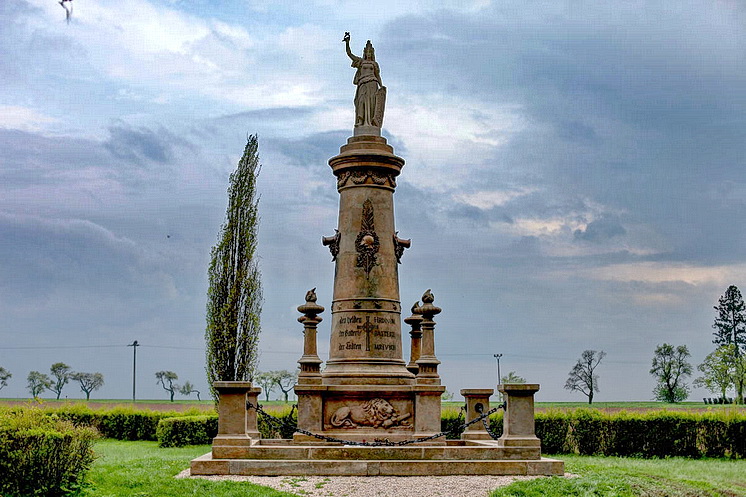Renovation and reconstruction of the statue of Austria from the Battery of the Dead Monument – Part Two

The dismantling of the statue of Austria took place on July 24, with the purpose of renovation.
First, the joint between the memorial and the statue was removed. The statue was then removed with the help of a crane. After removing the statue and its tilting – as had been predicted in the preliminary research – the head and arm broke away in the shoulder level. Fragments and little pieces were secured and the statue was transported to the site of renovation. Samples were taken for laboratory research (to ascertain the content of water-soluble salts and the technology of surface modifications and secondary treatments). Cleaning tests were performed and the state of damage was established in detail. It was ascertained that the stability of the statue had not been disrupted. But the secondary element of the destroyed right arm with the laurel wreath proved to be a great problem because of its serious state of condition.
A corroded tenon embedded in the material of the arm and partially in the body of the statue would, together with previous low-quality renovation works, be the cause of the separation of the head and part of the shoulders. It was found out that the core of the hand was made of wood and the surface is treated with synthetic resin filled with sand and reinforced with laminated textile. The wooden core was completely rotten and the separation of the arm fragment was, therefore, just a question of time. The material of the arm was destroyed in a huge amount of fragments glued together by cement. Only after a careful cleaning of the surface of the statue was it possible to tell the decrease of the authentic material and say which material is the original sandstone, and which is only part of the secondary treatment. According to the findings, the whole figure including the head was puttied by secondary cements.
On the basis of the findings of laboratory and renovation research, which had brought the new and very serious information, the old renovation plan was re-evaluated in cooperation with the representatives of NPÚ (National Institute of Monument Preservation). This piece of art was officially declared to be in serious disrepair. Biological and chemical corrosion of stone material was responsible for the destruction of statue and aesthetic qualities of this piece of art, but especially as a consequence of the quite insensitive secondary renovation works. The use of secondary putties on the whole surface of the statue was very damaging to the statue. As a consequence, the authenticity of the statue was devalued and the stone material was corroded to a high degree. It was said that, taking into consideration the extent of the damage, it would not be possible to renovate the statue successfully and guarantee its long-term existence in the exterior. The original renovation plan had to be re-evaluated and a completely new strategy was established. It was decided that the most reasonable solution would be to renovate the original of Austria in a gallery. A copy for the memorial of the Battery of the Dead would ideally be made from the sandstone from Hořice. Gallery renovation means a sensitive approach to the renovated piece of art, when its originality is respected to the maximum. In this case, it meant to remove all the secondary putties and additions from the statue and to leave the statue in its torso-like authentic form.
For the most precise renovation of the statue of Austria, it was decided that modern technology of 3D scanning and machining in a robotised environment will be used to create the copy of the statue at the Vocational Secondary School of Sculpture and Stonework in Hořice in Podkrkonoší.
Source: Lomy a těžba
